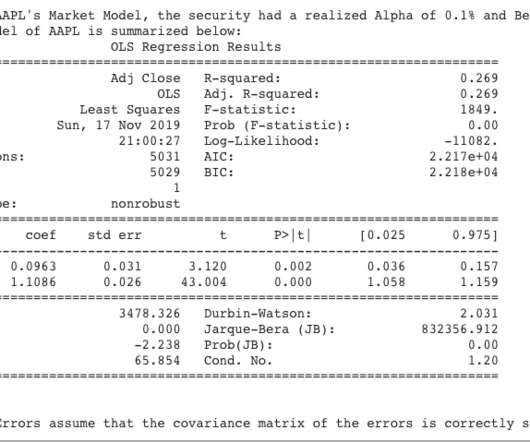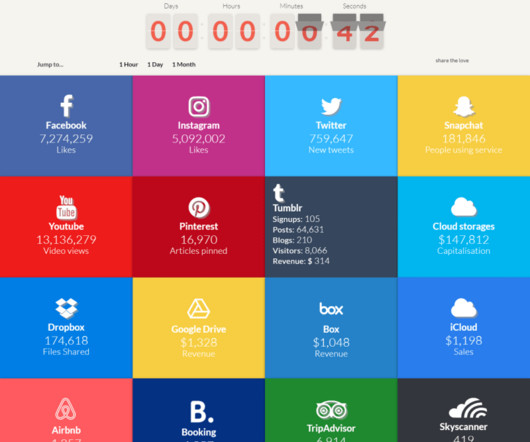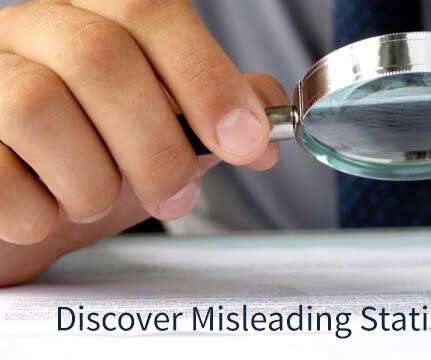My 10-step path to becoming a remote data scientist with Automattic
Data Science and Beyond
JULY 28, 2017
I decided to apply for a data wrangler position with Automattic in October 2015. I wasn’t in a huge rush to find a job, but in December 2015 I decided to accept an offer to become the head of data science at Car Next Door. Step 4: Pass the pre-trial test. Step 1: Do background research and apply.


















Let's personalize your content